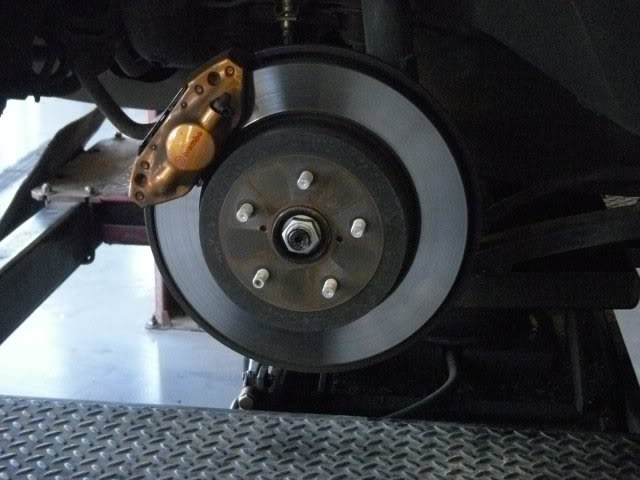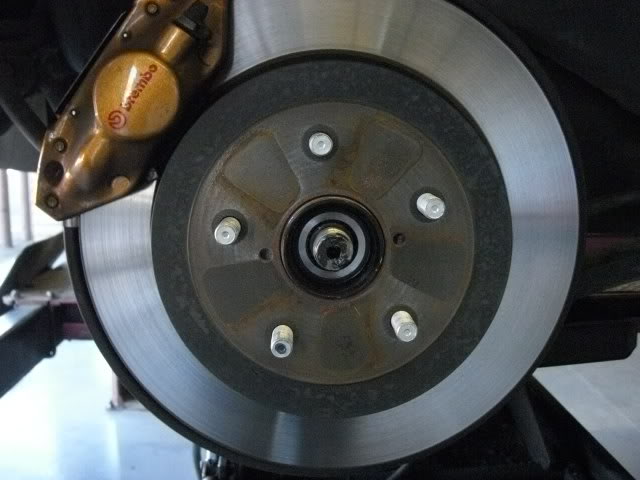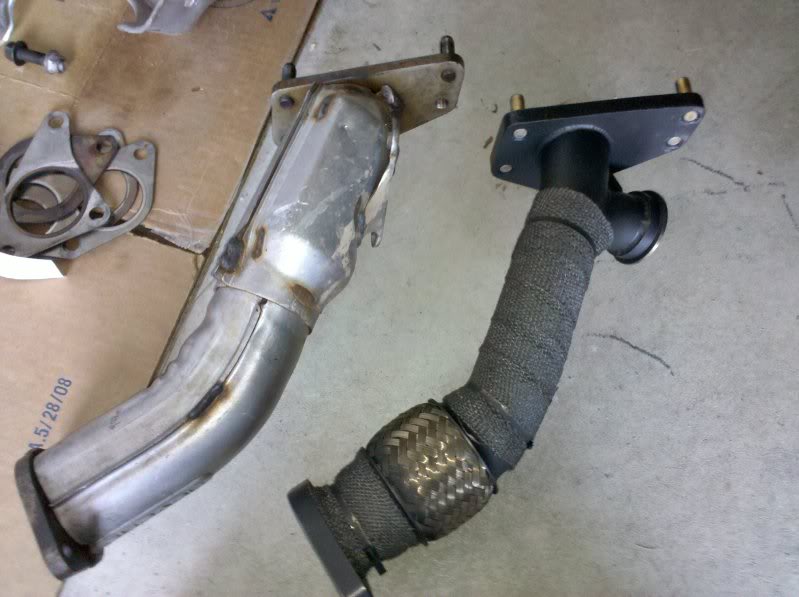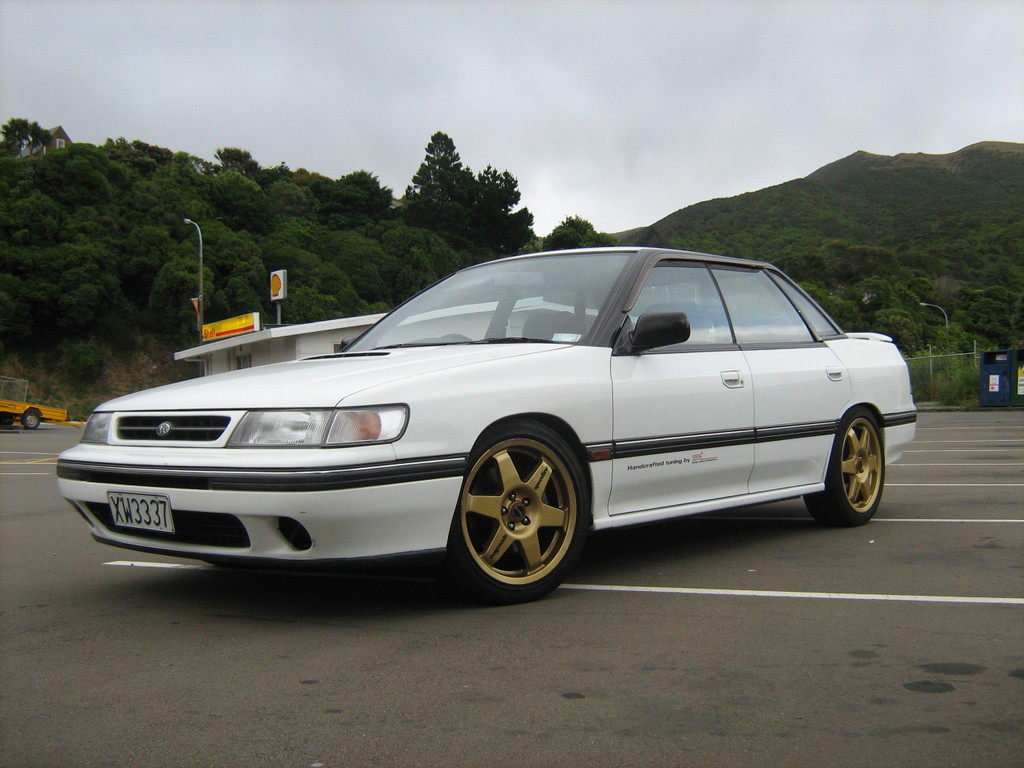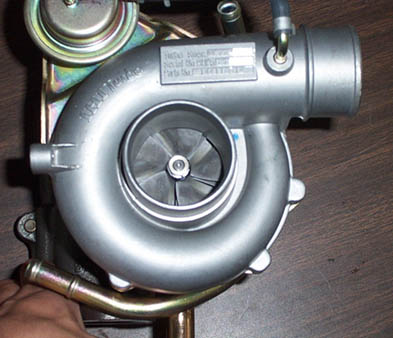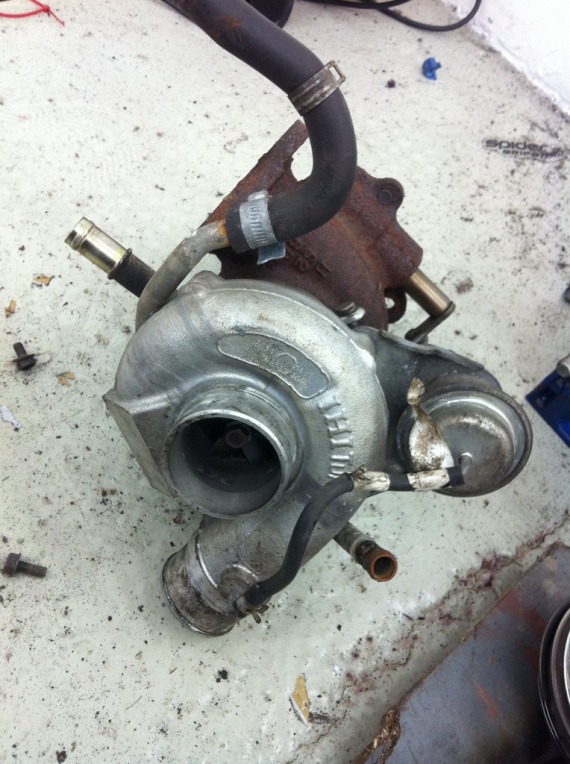Boost Gauge Install on Subaru STi/WRX 08-13:
This is a guide on installing a boost gauge in a 2010 STi.
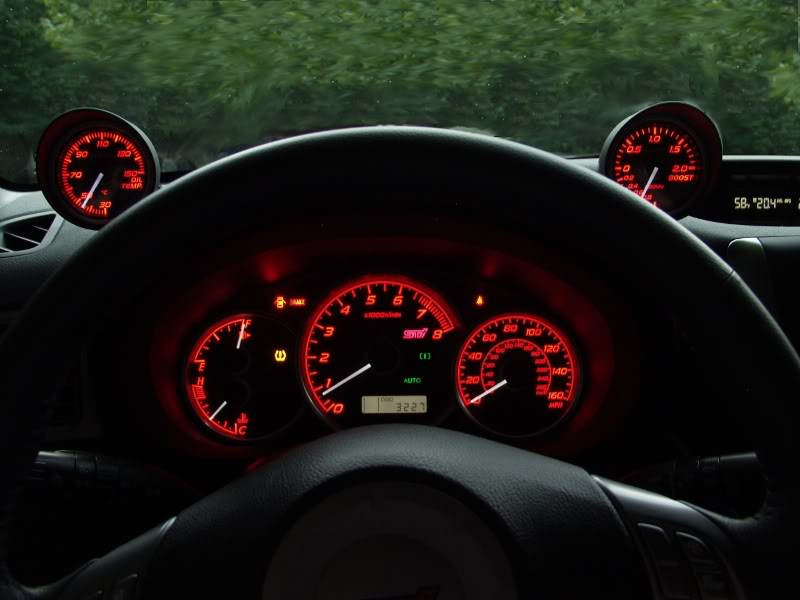
Boost Gauge: INTERIOR WIRING AND GAUGE INSTALLATION
1.) Pull off the lower dash cover. It just has clips holding it on.
2.) These are the only two screws that hold the lower dash to rest of the dash. Remove these and the rest of the lower dash can be pulled off.
3.) Lower dash pulled away from the upper, left of the steering wheel.
4.) Lower dash pulled away from the upper, right side of the steering wheel.
5.) There are 4 clips holding the instrument hood to the dash. The entire hood pulls off as one whole unit, but the hard part is getting a good grip. To get better finger placement, I pulled the top of the inner part of the hood away, which revealed a little lip that I could use to pull the hood off. Caution: Do not pull heavily on the inner piece because it is bolted to the rest of the hood at the bottom and could break if you pull on it too hard. Just pull on the top part of the instrument hood itself. Also be careful not to lose the 4 yellow clips that hold the hood to the dash. They come out easily and can get lost.
6.) There are two screws for the instrument cluster. One is circled in the pic and the other is to its left.
7.) Pop the plug off the cluster on the right side.
8.) I ran the wires for the boost gauge through the upper middle hole above the gauge cluster.
9.) Tap into the purple wire on the dimmer switch for headlight power. This wire is only powered when the headlights or parking lights are turned on.
10.) Close-up of where I spliced into the purple wire. For the boost gauge, the ORANGE wire splices into this purple wire. The wire is black in my picture because I used black wire to extend the wires coming out of the back of the gauge.
11.) For ACC power, use the brown and white striped wire on the top connector above the fuse box. This wire is powered when the key is in the “ACC” position only. With the boost gauge, you connect BOTH the RED and WHITE wires to this wire.
The green and white striped wire on the same connector is on all the time, meaning it is powered even when the car is off. I found that out the hard way. (Do not use that wire.)

